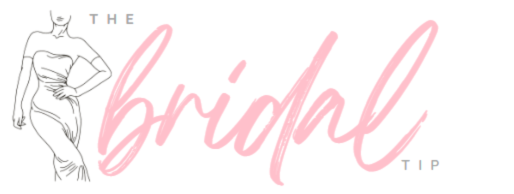Throughout history, various traditions and customs have contributed to the symbolism associated with a groom’s boutonniere. In medieval times, wearing a boutonniere was more than just a decorative touch. It was a symbol of honor, loyalty, and connection to one’s loved ones, particularly one’s lady love.
One intriguing fact to note is that the tradition was often referred to as “wearing a lady’s colors.” This phrase stemmed from the practice of knights wearing a token of their lady’s favor into battle. By donning the boutonniere given to them by a cherished woman, a knight showcased their allegiance and support in the face of adversity.
Fast forward to modern times, and we witness a beautiful evolution of this symbolic gesture. Nowadays, grooms and their groomsmen use boutonnieres not only as a fashionable accessory but also as a tangible representation of their connection to the bride and the entire bridal party.
When a groom proudly wears a boutonniere on his lapel, it serves as a visual link between him and his partner. The choice of flowers, colors, and style can be a reflection of the couple’s shared tastes, preferences, or even an ode to a special moment in their relationship.
Furthermore, the act of pinning a boutonniere on a groom’s jacket can symbolize the merging of two families and the beginning of a new chapter in life. It’s a subtle yet significant way to honor not just the union of the couple but also the coming together of their families and loved ones.
Looking beyond the aesthetic appeal, a boutonniere worn by a groom symbolizes his role as a protector and provider. Just as the knights of yore wore their lady’s colors with pride and determination, a groom wears his boutonniere with a sense of responsibility and commitment to his partner and their shared future.
Interestingly, the tradition of placing a boutonniere on the groom’s attire aligns with the concept of chivalry and gallantry. It accentuates the groom’s demeanor and highlights his respect for tradition, all while adding a touch of elegance and sophistication to his overall look.
Moreover, the act of gifting boutonnieres to groomsmen extends the symbolism of camaraderie, unity, and solidarity. By adorning themselves with matching or coordinated boutonnieres, the groom and his groomsmen not only showcase their individual style but also signify their bond and support for one another during this momentous occasion.
It’s essential to recognize that the choice of flowers and design for a groom’s boutonniere can hold personal significance. Whether it’s a bloom with sentimental value, a nod to a shared memory, or simply a reflection of the wedding theme, each element contributes to the overall symbolism and emotional resonance of the boutonniere.
In conclusion, the significance of a groom’s boutonniere extends far beyond its visual appeal. It embodies a rich tapestry of tradition, love, partnership, and legacy. From its origins in medieval customs to its modern-day interpretation, the boutonniere continues to be a cherished symbol of commitment, unity, and everlasting love in weddings across cultures and time periods.

